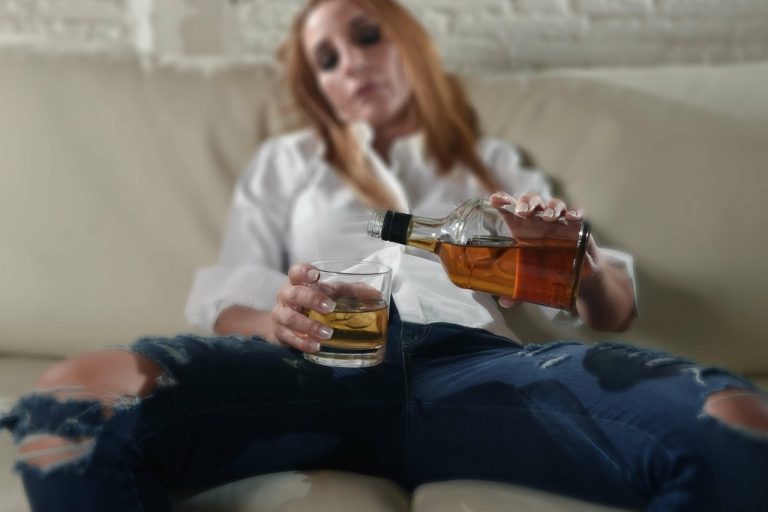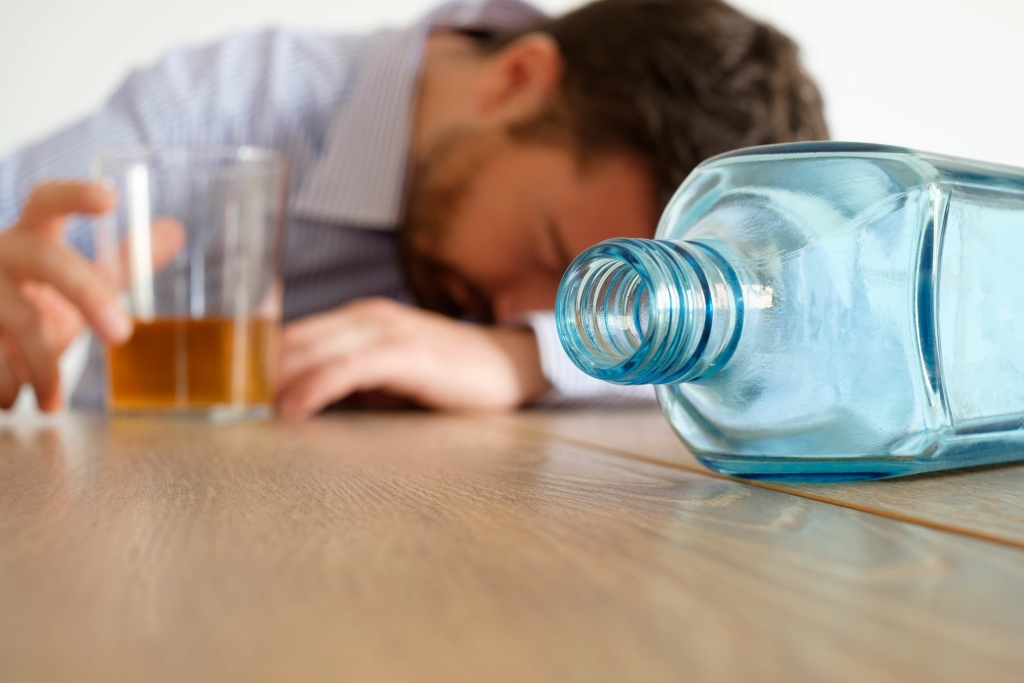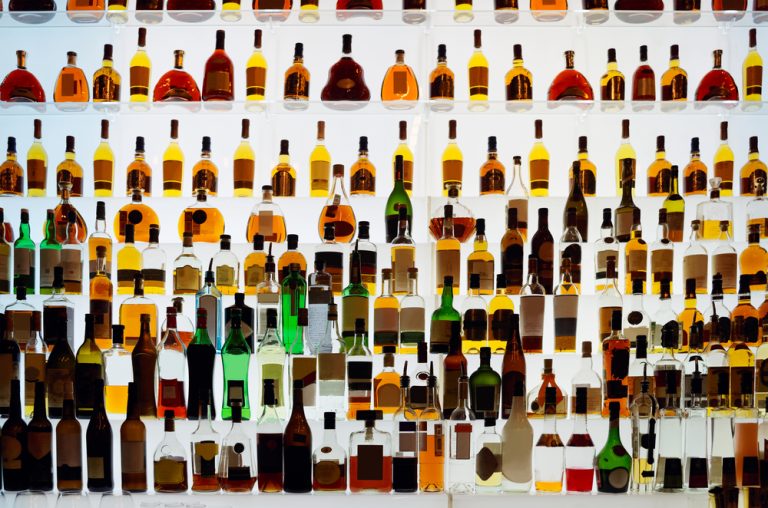Patients on anticoagulants should be cautious with physical activities and report excessive bruising or joint pain to their healthcare provider promptly. Alcohol has a thinning effect on the blood, making it easier for blood vessels to rupture and leading to more substantial and frequent bruising. Additionally, chronic alcohol consumption can lead to deficiencies in certain vitamins and minerals, particularly vitamin K, which plays a crucial role in blood clotting. Deficiencies in vitamin K can exacerbate bruising and prolong the healing process. Furthermore, alcohol can impair judgment and coordination, increasing the risk of falls and injuries that result in bruising. Firstly, alcohol is a vasodilator, causing blood vessels to relax and expand, which increases blood flow throughout the body.

Facial Skin Problems Related to Alcohol
The correlation between alcohol consumption and its resulting swelling and inflammation can lead to intricate health complications that jeopardize overall wellbeing. Should alcohol become a concern for you or a loved one, seeking professional help is paramount. This ensures the focus remains on recovery rather than the cost of alcohol treatment, such as IOP, PHP, residential rehab, or even alcohol detox. First alcohol can lead to fluid building up causing blood vessels to swell, which then causes your body tissues to swell. In addition, alcohol is known to affect cells called phagocytes, which are responsible for protecting your body against invading bacteria and other harmful materials by destroying them. When your body is fighting an infection, it reacts by sending levels of chemical messengers (called cytokines) through your bloodstream to coordinate an attack on the invaders.
Can Drinking Alcohol Cause Chronic Pain?

And yes, you may feel great and energized upon waking up—but that doesn’t mean you didn’t have too much to drink the night before.
Liver Disease
- In general, the more severe the ALD, the more malnourished someone becomes.
- Drinking can hinder the body’s capacity to clot blood, making bruising more likely.
- Yes, alcohol reduces your blood’s ability to clot by impairing platelet production and liver function.
Most people who drink heavily will progress through the stages of liver damage described above over time. They have experienced no trauma, and the bruises they have are large and appear frequently. According to BMJ Best Practice, surveys suggest that somewhere between 12 percent and 55 percent of people have some form of easy bruising.
Can Alcoholism Cause Bruising Without Obvious Injury?
In these cases, treatment focuses on preventing further damage and treating other factors that can make the disease worse, such as infection can alcohol cause bruising and malnourishment. Symptoms of iron deficiency typically include tiredness, fatigue, shortness of breath, paleness, and heart palpitations. Purpura is more common in people with light skin, but anyone can develop it. Excessive and long-term alcohol use can cause many health complications, which may become severe and life threatening. As a result, the number of RBC’s in the blood declines and patients develop anemia.
- Wrap the ice pack before you put it on so you don’t freeze your skin, and don’t leave it on for more than 15 minutes at a time.
- A diet rich in vitamin C, vitamin K, and zinc may support healthy blood vessels and potentially reduce the risk of alcohol-related bruising.
- Alcohol misuse can also cause a vitamin C deficiency, which is essential for wound healing.
- The rubbing action can irritate the skin and blood vessels, further increasing the risk of bruising.
How Do the Effects of Inflammation Impact My Body?
To diagnose ALD, a healthcare provider will assess alcohol use, ask about symptoms, and conduct several tests. An assessment of alcohol use will establish when alcohol consumption started, how much a person drinks, and how often. However, in advanced alcoholic liver disease, liver regeneration is impaired, resulting in permanent damage to the liver. Alcoholic fatty liver disease appears early on as fat deposits accumulate in the liver. People who consume four to five standard drinks per day over decades can develop fatty liver disease. If the alcoholic liver disease is not treated, it can progress to later stages which include alcoholic hepatitis and cirrhosis, a scarring of the liver.
- In advanced liver disease caused by alcoholism, clotting factor production drops significantly.
- A doctor can perform tests to see whether a person has a vitamin deficiency.
- First alcohol can lead to fluid building up causing blood vessels to swell, which then causes your body tissues to swell.
After two to three weeks of abstaining from alcohol, fatty deposits disappear and liver biopsies appear normal. Anyone who notices they are bruising more often or more easily than usual should seek medical advice to rule out other health issues or seek treatment as appropriate. A person with a genetic bleeding disorder has a higher risk of bruising and excessive, possibly life threatening bleeding. A bruise develops when blood vessels sustain damage and blood leaks into tissues under the skin. Alcohol can Drug rehabilitation cause abnormalities in the blood cells in several ways, including nutritional deficiency, marrow toxicity, and liver disease. Men are 3 times as likely as women to die as a consequence of alcohol abuse.

Bruises and injuries
When you get a bruise, an injury crushes blood vessels, but the skin doesn’t break, so there’s no external bleeding. In addition to filtering your blood, your liver’s job involves blood cell management. Your liver helps your blood to clot, and the liver helps blood to move evenly throughout the body.
It’s also very rare, but sometimes, a bruise on your breast may be a sign of a breast infection (mastitis) or inflammatory breast cancer. You may also notice swollen lymph nodes in your armpit or near your collarbone on the same side as the bruised breast. When you get an injury, blood may leak from the vessels (veins and capillaries) under your skin. The discoloration you see as a bruise on the surface of your skin is from blood that has pooled in or under your skin. On people with lighter skin tones, bruises may start out red or purple soon after the injury, then turn light brown, green, or yellow as they heal. On people with darker skin tones, bruises can look purple, dark brown, or black.
This prolonged bleeding time can result in visible bruises, even from minor injuries that http://uzzienergy.com/alcohol-related-neurologic-disease-types-signs/ typically would not cause bruising. The combination of these factors results in a higher likelihood of bruising for those with alcohol-related liver disease. The bruises themselves are not inherently dangerous, but they indicate a more severe underlying issue. Alcohol abuse can also impair judgment and decision-making, increasing the risk of accidents and subsequent injuries. It increases the risk of many types of cancer, high blood pressure, heart disease, and stroke.
Often, bruising after drinking is a result of falling or bumping into something. Coordination problems from alcohol consumption make injuries more likely, and since alcohol dilates the blood vessels, you’re more likely to bruise if you do fall or bump into something. Heavy drinking can also interfere with vitamin absorption and deplete essential vitamins and minerals, such as vitamins C and K.
نویسنده خبر:::
اخبار پیشنهادی این نویسنده::
 فرهنگ و اندیشهآبان 30, 1404neue online casinos deutschland 6
فرهنگ و اندیشهآبان 30, 1404neue online casinos deutschland 6 فرهنگ و اندیشهآبان 30, 1404neuste casinos deutschland 28
فرهنگ و اندیشهآبان 30, 1404neuste casinos deutschland 28 فرهنگ و اندیشهآبان 30, 1404neuste casinos deutschland 27
فرهنگ و اندیشهآبان 30, 1404neuste casinos deutschland 27 فرهنگ و اندیشهآبان 30, 1404willkommensbonus casinos 1
فرهنگ و اندیشهآبان 30, 1404willkommensbonus casinos 1

